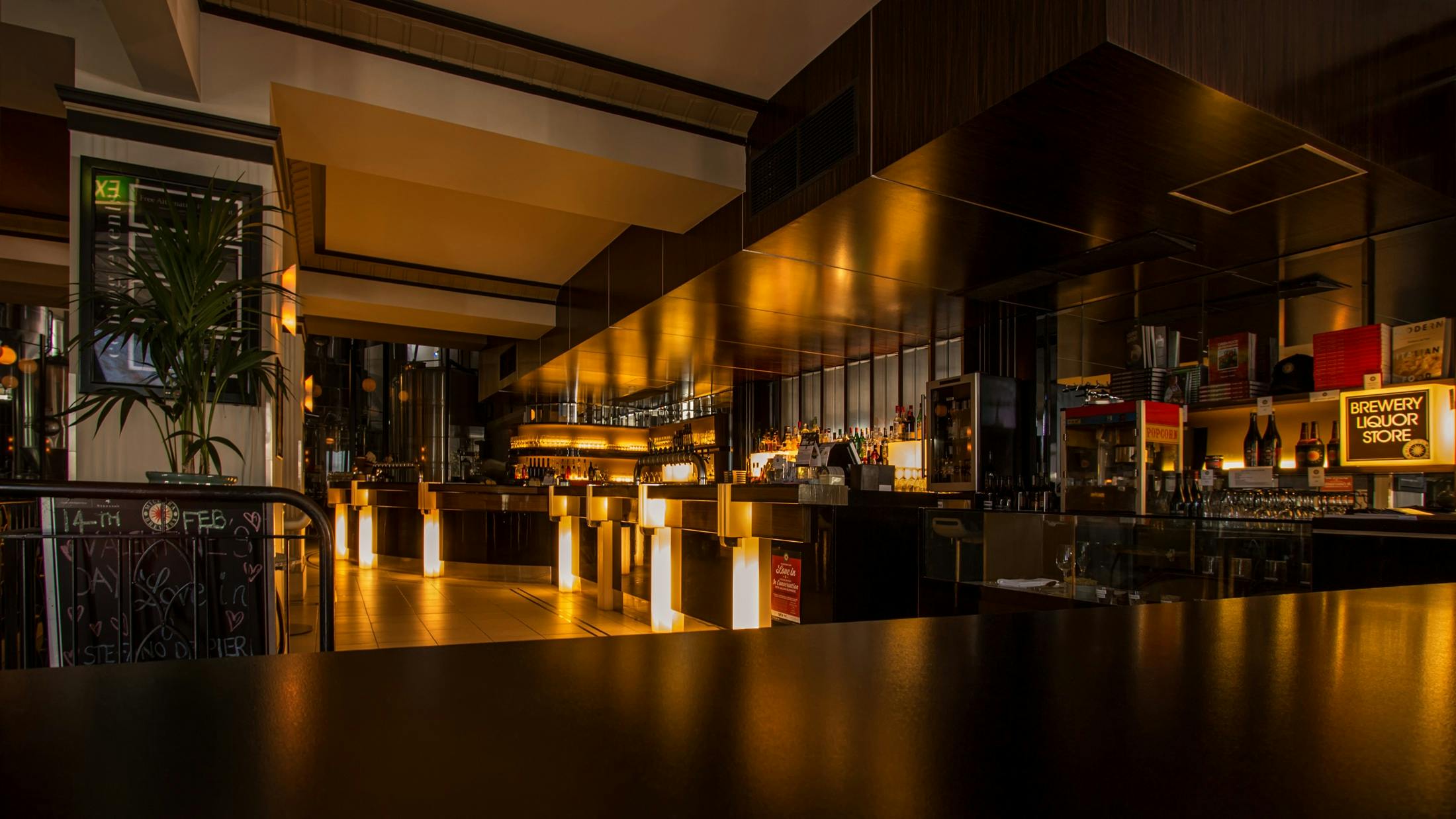Softening performance across fast-casual dining is compelling many agencies and brands to get smarter about measuring customer behavior via better location data practices and partners. Sweetgreen reported same-store sales down roughly 7.6% YOY in Q2 2025. And they weren’t alone. In the same timeframe:
- Chipotle Mexican Grill saw about a 4% decline YOY
- Cava same-store growth slowed to ~2.1% (from 10.8% the previous quarter)
In a recent episode of the Wall Street Journal What’s News podcast, executives pointed to younger consumers (25-35 yrs) pulling back on QSR and fast-casual visits because of wage and expense pressures. And though they aren’t abandoning the brands they love, they’re also not showing up as often.
The interesting thing? Downticks in fast-casual have historically coincided with upticks in QSR, but recent quarter same-store sales declined 3.6% at Wendy’s and 5% at KFC.
To drive fast-casual and QSR sales, start by properly measuring human behavior
Measuring and reporting actual footfalls is a place your team can gain a real advantage. The strategy: Measure store visits, repeat visits, and uplift from campaigns with ethically-collected location data. It’s the best way to demonstrate how hard a campaign is working in an era of tighter consumer activity.
Because the truth is, to accurately gauge the impact and effectiveness of your campaign, you need to measure actual visits to a POI, not just projected or modeled behavior.
Cuebiq has seen some bright spots and effective campaigns during this era of down performance
Even as the QSR and fast-casual dining segments navigate stormy waters overall, Cuebiq has reported some exceptional campaign results to our partners in the past two quarters. The uplift metric (AKA increased store visits among those exposed to a campaign over the matching control group of those unexposed) has told some very positive stories for recent campaigns:
- National QSR saw ~9% uplift (with a Cost Per Visit of ~$1 on 46M impressions)
- National fast-casual restaurant saw ~23% uplift
- Regional fast-casual saw ~21% uplift
3. Privacy-first, transparent, and ethically collected location data is essential.
Not just to ensure legal compliance, but to nurture trust. Because while it’s hard to earn the trust of customers, it’s easier than ever to lose it.
That’s why at Cuebiq, our fully GDPR-compliant methodology is grounded in consent, transparency, control and accountability.
How can you build a sustainable location data measurement practice to drive growth?
This is about more than justifying budgets. It’s about partnering with the best and brightest to build a practice where real customer behavior is at the heart of driving and measuring true, demonstrated loyalty—and growth.
- Embed footfall measurement into your media planning so you can isolate which channels, creative and locations are driving real visits—and which are not.
- Build in repeat-visit metrics so you see beyond campaign-driven traffic, and understand whether you’re building true loyalty or driving one‐off visits.
- Partner with a location-data group who offers both exposure-to-visit models and actual measured footfall with a control group. That way you can accurately track incremental lift.
- Ensure the partner you pick has rigorous privacy and compliance frameworks, so you’re safe from regulatory or reputational risk.
- Optimize down to store-level and audience-slice level with attention toward expected behavior per industry, and don’t treat every location or action the same.
- Recognize that social and organic content can still have outsized effect; location and behavior measurement can and must span social, mobile, digital, OOH, and IRL visits. The more you can draw a direct line between online interaction and in-store experiences, the better your demonstrated ROI.
The net net is this: Fast-casual dining and QSR are facing a tougher landscape, so media and measurement must evolve to meet the challenge.
Tracking actual store visits, repeat behavior, visit lift around campaigns—and optimizing your media mix with those learnings in hand—is the way forward.
And your partner in location-data measurement should be one who gives you actual footfall numbers, not just proxies—and who treats privacy and transparency as a core value. That way you can make media decisions from the most informed place — and drive better outcomes despite stronger headwinds.
Is your location data company a trusted partner in your success? Contact us to book a demo or just have a conversation.






